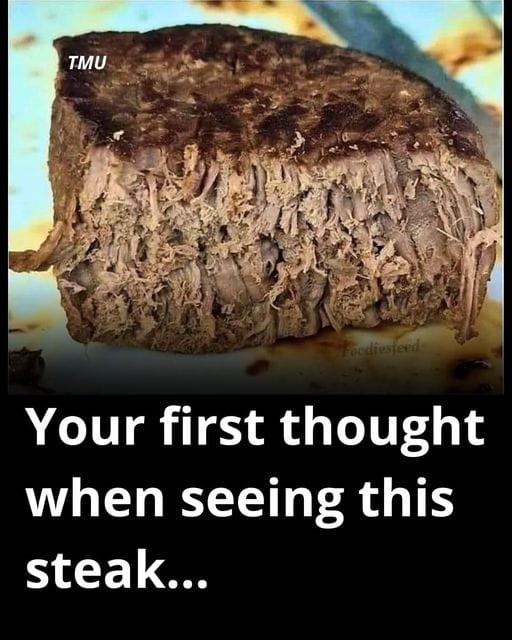Examining the Juicy Steak: An In-Depth Look at a Gastronomic Treat
Due to its delicate texture and depth of taste, steak has long been regarded as an emblem of culinary perfection. The picture in question is a large slice of steak that draws the eye right away. Let’s explore what makes a steak seem so good and how to cook it to absolute perfection.
First impressions based on visual appeal: The steak in the picture looks to be expertly prepared, with a gorgeously browned exterior and a juicy, delicate inside. One of the main characteristics that give a steak its visual attractiveness is the contrast between the textures on the outside and inside.
Marbling: A steak’s taste and softness depend on the presence of intramuscular fat, called marbling. This fat melts and bastes the meat from the inside while it cooks, giving the meat a juicy, savory bite.
Techniques of Cooking
Searing: When preparing steaks, the searing procedure is essential. The Maillard reaction is used to cook the steak at a high temperature to produce a brown crust. This process caramelizes the steak’s beautiful look while also improving its taste.
Resting: After cooking, the steak has to be given time to relax. By redistributing the meat’s liquids throughout, this technique makes every mouthful of meat luscious. By allowing the steak to get to room temperature inside, the resting period improves the steak’s texture and taste.
